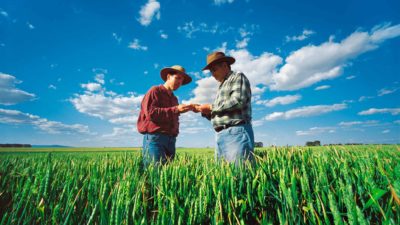Owning Telstra Group Ltd (ASX: TLS) shares is typically a rewarding experience for passive income. In the last couple of years, the ASX telco share has paid shareholders a large and growing dividend.
The best thing about ASX shares is that they can provide a mixture of capital growth and income. That is why I believe investors seeking dividend income should focus on businesses that can grow earnings as well as dividends.
A rising profit is the best thing to help support long-term share price growth, in my opinion.
Let me show how owning $12,000 of Telstra shares can generate great passive income.
Dividend and earnings projection
We've seen the Telstra annual dividend per share grow from 16 cents per share in FY21 to 18 cents per share in FY24.
The broker UBS expects the Telstra board of directors to increase the annual dividend per share to 19 cents per share, which would represent a 5.6% increase year over year.
If Telstra did pay an annual dividend per share of 19 cents in FY25, it would equate to a fully franked dividend per share of 4.9% and a grossed-up dividend yield of 7%, including the franking credits.
UBS also predicts Telstra's net profit will increase to $2.15 billion in FY25, which would help fund a larger dividend.
Monthly income
If I invested $12,000 into Telstra shares, I'd currently be able to buy 3,076 Telstra shares.
For FY25, an annual dividend per share of 19 cents would translate into annual cash income of $584 and grossed-up dividend income of $834.
Translating that into a monthly figure, the grossed-up dividends would be approximately $70 per month. Excluding franking credits, the cash dividends would be around $49 per month.
This would just be the income in FY25. Broker UBS expects Telstra's annual dividend per share to grow to 21 cents per share in FY26, 23 cents per share in FY27, 24 cents per share in FY28, and 27 cents per share in FY29.
By FY29, owning 3,076 Telstra shares could yield $1,186 in grossed-up annual passive dividend income, or almost $100 per month.
UBS thinks the forecast dividend growth is "attractive", with a compound annual growth rate (CAGR) of 8% over the next three years.
The broker suggested there was "potential upside should we see a faster than expected contribution from InfraCo's intercity fibre project, as well as better than expected cost-out beyond FY25".
In other words, if Telstra's intercity fibre project makes earnings faster or if it cuts costs more than expected, profit and the dividend could grow faster than expected.









